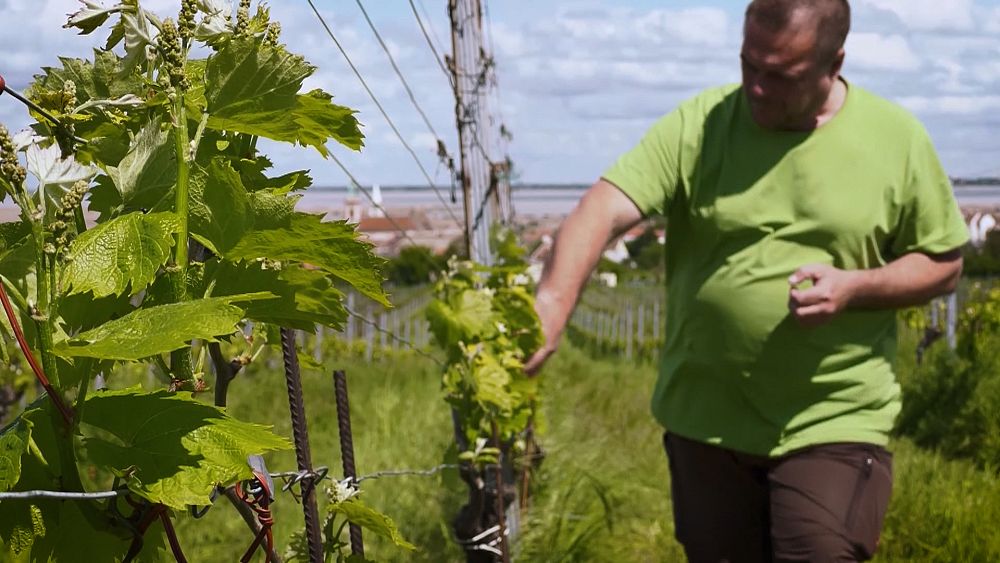New grape varieties to produce wine in Austria due to rising temperatures
Climate change means new opportunities for winegrowers in Austria: more land and new grape varieties. But at the same time, rising temperatures also mean more artificial irrigation.
On the shores of Lake Neusiedl lies Rust, one of Austria’s most traditional wine-growing towns. Already in the Middle Ages, the winegrowers of Rust were able to cover a dense trade network with their wines as far as the lands of present-day Bavaria and Poland. In 1524, Queen Mary of Hungary granted the Rust winegrowers the privilege of ‘branding’ a large ‘R’ on their wine barrels as a kind of early Protected Designation of Origin.
The effects of climate change are affecting the wine sector. Due to rising temperatures, the taste of many wines is changing, in Austria. Thus, due to rising temperatures, the taste of many wines in Austria is changing. Some winegrowers are therefore cultivating new grape varieties.
“It is often very hot here in August. Since I was young, the harvest season has been six weeks earlier. I can’t understand why some people don’t recognise climate change,” says winegrower Günter Triebaumer.
With the earlier harvest, the wine loses acidity and tastes less fresh in the summer heat. The relatively unknown white grape variety Furmint has come to the rescue.
“Furmint is a late-ripening grape. During the heat of August, when other early-ripening varieties store sugar and their acidity drops, the Furmint grape is safe, as it ripens later,” Günter Triebaumer.
“More and more Austrian winegrowers are turning to the Furmint grape because of climate change. Its cultivation area has tripled in the last eight years. Internationally, Austrian wine is increasingly seen as environmentally friendly and of high quality. The value of its exports has reached a new high,” explains Euronews journalist Johannes Pleschberger.
“Austrian wine captivates with its fruitiness and smoothness. It is not too acidic. It’s very pleasant,” says a young German tourist named Janine.
“In terms of exports, Grüner Veltliner and Riesling are Austria’s two biggest representatives,” says Francesco Nardo, who works in a wine shop in Vienna.
Today, the white grape variety Grüner Veltliner occupies one third of Austria’s surface area. However, the heat could cause many winegrowers to turn their backs on it, despite its export success.
“Perhaps there will be fewer Grüner Veltliners like the current ones, and in their place, there will be somewhat stronger Grüner Veltliners,” says Michaela Griesser, professor at the University of Natural Resources and Applied Life Sciences in Vienna.
According to a viticulture expert, the wine is in full swing across Europe.
“There are already some vineyards in Sweden. So, it is safe to say that the growing areas will shift. Maybe in those central locations, where it is too hot then, other crops will be grown and wine will not be produced,” adds Michaela Griesser.
Until now, it has been too cold for wine growing in many parts of Austria. Today, climate change means an opportunity for the Alpine country: more land and new varieties.
In addition to Furmint, winegrower Günter Triebaumer has recently started using another heat-resistant variety: Petit Manseng.
“What I have said about the Furmint, about the August heat, applies even more to the Petit Manseng variety. In other words, Petit Manseng is still as green as grass in August, and has not yet accumulated any sugar, so the August heat does not affect it,” concludes winegrower Günter Triebaumer.
In addition to the variety changes, however, another transformation is affecting many winegrowers. Climate change is increasing the need for artificial irrigation.

